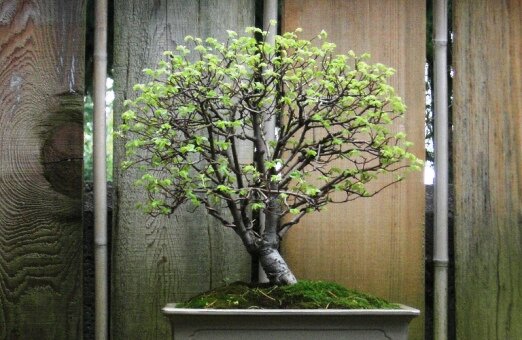James Copeland is a tall man, who rides a tall bike, drinks tall drinks, and writes tall poetry. To My Plants is a tallish, stiff chapbook of words arranged by James, printed on cellulose by James, and containing a DVD of a short film shot by a friend of James, from which the still photographs interspersed throughout the chapbook originate. The cover is two-sided, both unassuming, without any words to indicate title or author. You get clouds and mountainous valleys at first glance, but the sleuthy reader will check under the flap and be delighted, or maybe teased, with a string of automobiles as silent as any natural wonder.
You’re right, I’m stalling, but only because To My Plants already says everything that needs to be said about itself. It’s a book that delights in a cat-like batting about of your preconceptions: Plants, oh, James is a hippie, or: “Science arises from the green and yellow star, / ready for panoramas, radiant with facts”, oh, James thinks he’s smarter than me. Which is where he gets you, feeding us lines we think we get (or don’t) but seconds later instinctively reconsider. It isn’t slippery so much as twisting, squirming, revolting, linguistic revolutions around the star that bore us.
Plants and science greet us throughout this slim book/tall poem. The long lines mirror time’s inconstant rhythms (despite what the atom says) and throws everything into transition. The “Children, too, are present, looking at their final bowls of cereal / before being called into service.” From plant to paper, child to servant (soldier? cubicle drone? janitor?), things are shifting throughout. Mountains are unsettled, lions act like men, “The sunlight washes over the mustard on the man’s fingers / like the visions of violent wealth that wash over the young girl’s sleep.” There’s our yellow and green star again.
But if everything is moving, where is it going? Even random paths, viewed from far enough out, can’t help but cough up a pattern. To My Plants offers the returning lion, which may be us, unless we are the plants, or the men and women, or maybe the “dollop of carbon” left on the fingertip. There are animals, and plants, both are carbon-based and can’t help but be. We can’t help ourselves, “We are part of the ocean, the gorge, we lurch into the surrounding smell / to know nothing except volume.”
There is hardly an “I” to be found in this book amidst the swirling patrons of planet Earth, but James slips, shows us that he is human, that “Like anyone else, he enjoys the feeling of corn syrup running down his forearms. / And by enjoy, I mean he swears by it.” We are what we enjoy, even if, at this point, that enjoyment is bringing the whole works down. James is no prophet but his poetry is a telescope turned on this place we call home. Sitting on this messy, throbbing rock, overrun with planets and animals, James gives us the pattern in one fell poem. Would that we may learn something about ourselves by it.


{ 0 comments… add one now }